Summers are always busy in Big Sur, the picturesque region in northern California known for towering forests that give way to sweeping cliffs and sandy beaches. But this summer has been unlike any other, as the state reckons with a global pandemic and historic wildfires.
Like many scenic small towns in California, Big Sur’s local economy relies heavily on the tourist traffic that sweeps through every summer. It seemed like the kind of place that could have been hit hard by a nosedive in tourism.
But according to Diana Ballantyne, the general manager of a campground and resort tucked in the redwoods of Big Sur, the season has been as busy as ever – maybe even busier. Her rooms and campsites have been booked solid pretty much all summer.
“It’s like a water balloon,” she said. “You squeeze it and block off water to some parts, it bulges out in other parts.”
Tourism is vital to California’s economy, bringing in billions of dollars and supporting millions of jobs. This year the proverbial balloon has been bulging around spots like Ballantyne’s, as city dwellers flock to more rural areas, in some cases to escape Covid hotspots, or as they eschew long distance travel in favor of somewhere closer to home – a reality that has raised tensions between residents and visitors in many small towns.
Meanwhile many popular urban destinations in the state, such as Disneyland, near Los Angeles, have been in effect turned into ghost towns. And above it all lingers the question of safety, particularly for workers in the industry, as California grapples with how to reopen as Covid case numbers rise and wildfires continue to rage.
Many of California’s most famous attractions have remained closed for months as a result of Covid-19 precautions, while others have been shut in recent weeks in response to wildfires and air pollution.
Paper maps, two-way radios: how firefighting tech is stuck in the past
Read more
Disneyland remains closed; San Francisco’s Alcatraz island is open, but its buildings are closed. Even some natural attractions, such as state parks and beaches, have been closed by authorities for months at a time. Some parks, such as Yosemite, have ricocheted from crisis to crisis. The national park closed in the early days of the pandemic, and upon reopening this summer swiftly faced the threat of wildfires. The park opted to stay open, only to be plagued by cancellations and eventually shut down again as the smoky air turns hazardous.
Most of Big Sur’s draws are natural, and local officials have tried to stem the flow of tourists by blocking or limiting access to some of its beaches and hiking trails. But people are flocking there nonetheless, Ballantyne said, which has meant the same number of tourists are congregating in smaller and smaller areas.
Not everywhere in Big Sur is sailing through, however, and fire season is worsening an already dire situation for some local businesses. Road access into the area was shut off from the south due to fires, while some state parks and all the state’s national forests were also ordered to close.
Rick Aldinger, the general manager of the Big Sur River Inn, said occupancy had been down 10% to 20% throughout the summer – the busy season that usually gets local businesses through the rest of the year.
And that was before the fires, Aldinger said. Now, things have slowed to a trickle.
“It’s a little depressing. It’s very quiet,” he said. “The businesses here in the valley are open, and struggling due to the lack of business. We’d love for folks to come down and have lunch.”
Even Ballantyne said the fires had slowed her business. “Now, when people call, there’s not very much for them to do,” she said. “They can’t go hiking, they can’t go into the parks, they can’t go to the beaches.”
Tensions in small towns: ‘There was conflict constantly’
Residents of small towns across the country have voiced a similar complaint since the pandemic first began to spread: their towns are beset by visitors from big cities. Airbnb reports that, nationally, demand for rural stays – such as barns, cabins and cottages – has surged, as demand for apartments has dropped. Some popular rural California destinations are ranking among the most searched-for spots, the company says.
The pressure on the state’s small towns has been intense, locals said.
In Lake Tahoe, about 300 miles north-east of Big Sur, the months-long flow of tourists has just let up, residents say. Jay, a businessman who asked to be identified only by his first name, said there had been more tourists than in a normal summer. But it’s not the quantity that’s the problem, he said.
“From a business standpoint, you can’t complain when there are more people coming into your business and spending money,” he said. “The only hard part was the different personalities regarding the pandemic.”
The “different personalities” were people with differing opinions on Covid-19, or how to handle it – tourists and residents alike, Jay said. People would start arguments in the parking lot of his business. They’d fight on the beach – “‘you’re sitting too close to me’, or ‘your dog came up to me’” – he said.
“People were on edge. It was creating short fuses,” he said. “There was conflict constantly.”
Four hours north of Lake Tahoe, in the small mountain town of Mount Shasta, pandemic-era tourism has also stretched the social fabric thin. Jeanie Webb, a gas station attendant, said tourists had started coming around Memorial Day and they hadn’t stopped.
“There’s been no slowdown,” she said, and residents were fed up.
“It’s aggravating – very aggravating. Everybody’s supposed to stay in place and they’re not. Especially when they get upset at you for not wearing a mask. I’m in my town,” she said.
Residents like Webb fear that visitors from cities with high rates of Covid could be bringing the virus with them. Whether tourists are responsible for outbreaks in small towns is difficult to prove, especially with limited testing and contact tracing.
But what is clear is that, for the most part, tourists are flowing in one direction – out of the big cities and into smaller towns. And in those big cities, tourism has slowed down to a trickle.
Anaheim, an Orange county city known for being home to Disneyland, has been transformed ever since the amusement park shut its gates in response to the pandemic, said Ricardo Camacho, a waiter.
Camacho works at Country Family Café, a restaurant less than a mile from Disneyland that serves US and Mexican diner food – waffles; eggs; chorizo; chilaquiles.
The restaurant closed when the pandemic hit in March and re-opened in June. It has a patio where staff can safely serve customers during the pandemic, Camacho said. But hardly any customers have been coming.
“We haven’t had any tourists outside. Just the locals – people who work here,” Camacho said. “Retail is less than half of what we used to sell.”
Normally there would be a steady stream of tourists “from all over, because of Disneyland”, Camacho said, and the restaurant would have four servers on the weekends. This summer, it has had just two.
Things have been similar in other cities. The statewide tourism board Visit California says hotel occupancy has risen across the state from 44% in June to 56% in August. But hotel guests have been quicker to return to rural areas than urban ones.
Los Angeles hotels have stayed less than half full throughout the summer, with occupancy reaching 46.3% in Los Angeles county, and just over 40% in the city. Last summer, occupancy was close to 90% for both the city and county.
A difficult choice for hospitality workers: ‘They’re putting themselves in harm’s way’
With any uptick in business comes a tough predicament for the people who staff them. Workers have been left with an impossible choice between their livelihoods and their safety, said Kurt Peterson, the co-president of Unite Here Local 11, a union representing hospitality workers.
Of the local’s 32,000 members, Peterson said, just 3,000 are still working – maybe fewer. The union knows of over 100 confirmed Covid cases among hospitality workers in California so far.
Our land was taken. But we still hold the knowledge of how to stop mega-fires | Bill Tripp
Read more
“In our membership, there are people who are like: ‘We’ve gotta open, we’ve gotta open.’ They see looming economic disaster for them and their families,” Peterson said. “The catch-22 is, are they putting themselves and their families in harm’s way by going back? Who would’ve thought people would be in this situation?”
Aurelia Gonzalez has had to face that choice. She’s a housekeeper at a boutique hotel in Santa Monica.
“It was difficult. All my colleagues were scared. We were scared – but we had to go back,” Gonzalez said in Spanish. She had to go back because she needed the money, as one of the main breadwinners in her family, Gonzalez said.
Gonzalez lives with her husband and son and next door to her daughter and grandchildren. She’s worried about bringing Covid-19 home to them, so she’s developed a routine: at work, she changes her clothes and puts her work clothes in a bag. Then, when she arrives home, she puts those clothes in a bag, showers immediately, and changes into another set of fresh clothing.
“It is hard,” Gonzalez said. “It’s scary to think I could bring Covid into my home. It does hurt me a lot that I can’t hug my grandkids.”
Although Gonzalez wears a mask at work, she sees guests who walk in large groups inside and unmasked, she said.
That was happening at hotels all over the region, Peterson said.
“The guests who are going are people who shouldn’t be going because they clearly have a lower threshold of risk. I’d rather have the very careful conservative people going, but they’re not going to hotels. You have people going who are acting or believing that Covid is less dangerous than it is,” he said.
“There’s no good outcome here, not in the short term.”




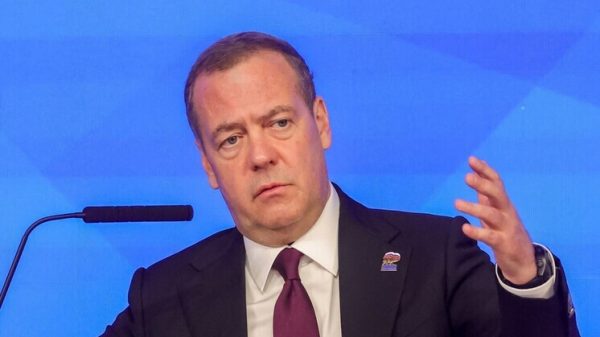



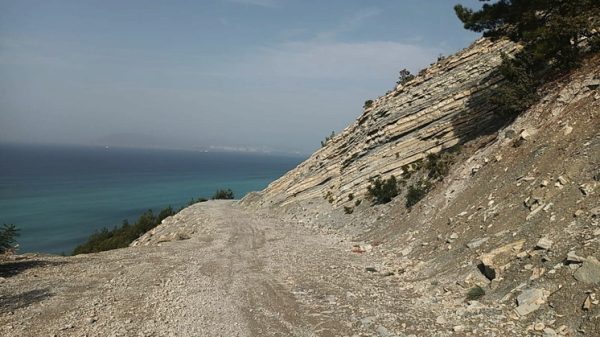






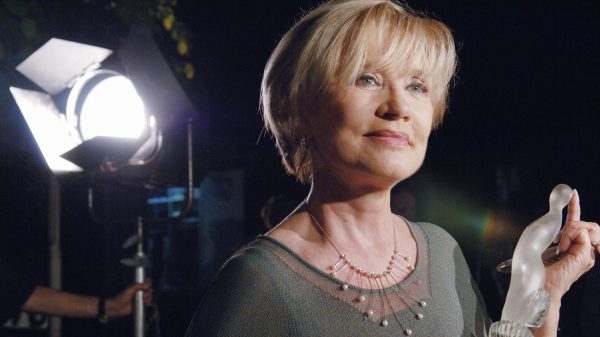




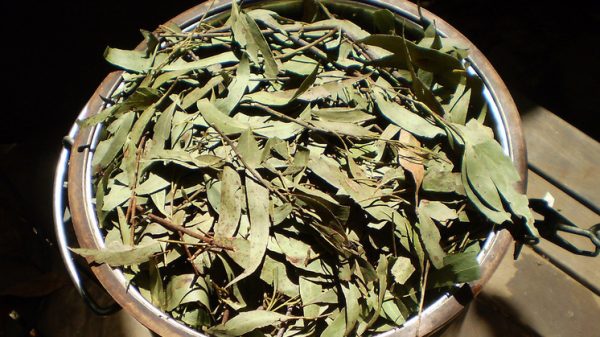












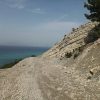




















Свежие комментарии